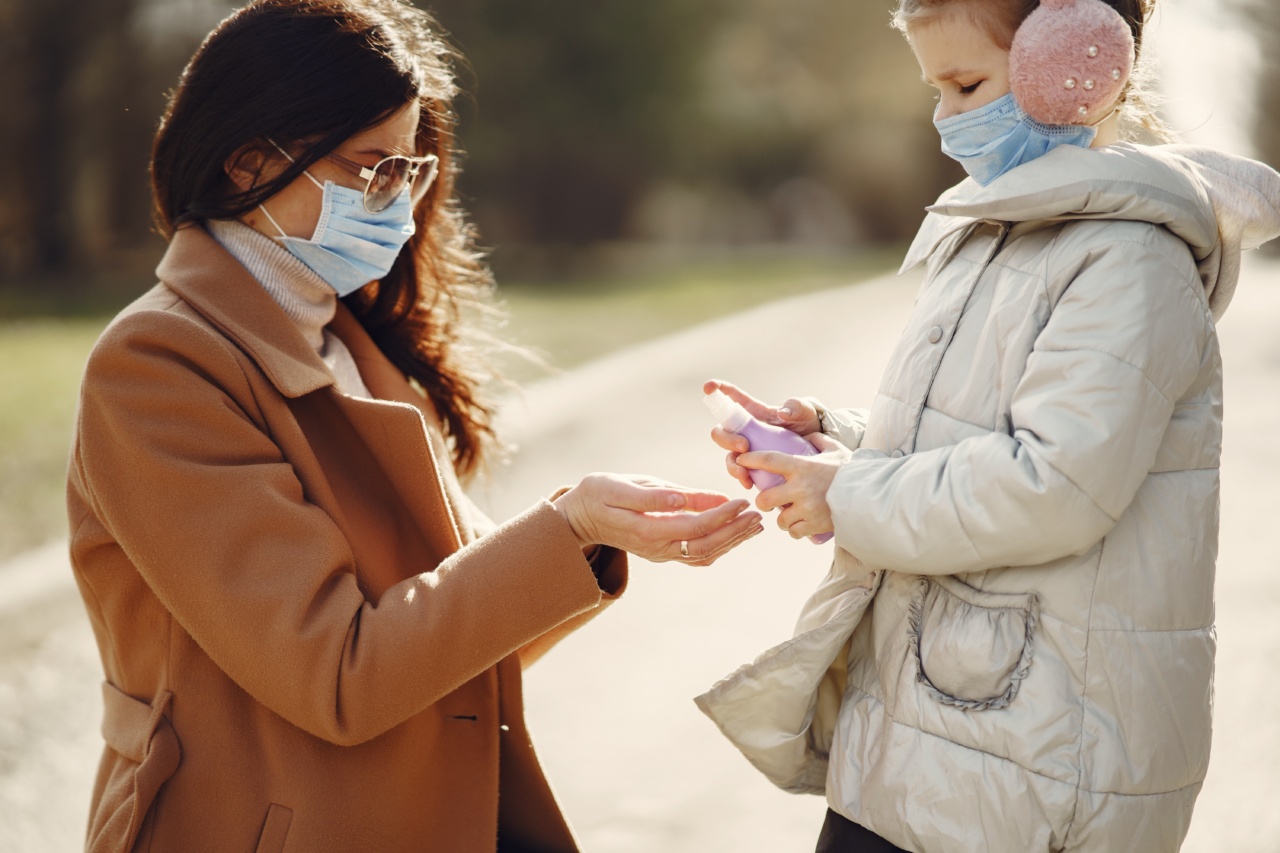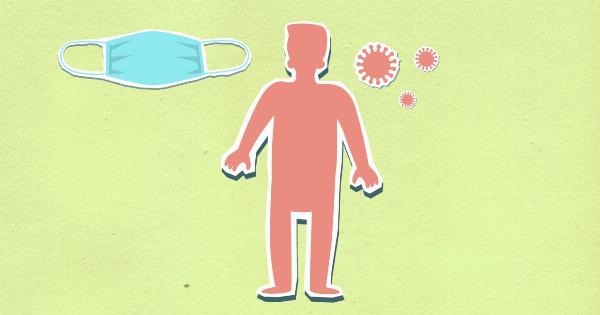It is never easy to see your little one in pain or discomfort during a fever. Fevers are a common occurrence in young children, especially during the colder seasons.
Although mostly harmless, fevers can be quite frightening and uncomfortable for young children. As a parent or caregiver, it is important to know the direct fever management techniques that can be used to help alleviate the symptoms and make your child more comfortable.
This article provides some useful tips and tricks for managing a fever in young children.
What Is a Fever?
A fever is an increase in the body’s temperature above the normal range. A normal temperature in children ranges from 97 to 100.4 degrees Fahrenheit (36 to 38 degrees Celsius), depending on the method of measurement.
A fever occurs when the body’s immune system reacts to an infection or other foreign substance and raises the temperature to help fight off the intruder. A fever, therefore, is a sign that the body’s immune system is working to fight off an infection or illness.
Symptoms of a Fever in Young Children
The symptoms of a fever in children are often similar to those of adults and may include:.
- High temperature
- Irritability
- Lack of appetite
- Fatigue
- Headache
- Chills
- Sweating
- Dry cough
- Sore throat
It is important to note that a fever alone is not usually a cause for concern and can be managed effectively with the right techniques.
Direct Fever Management Techniques for Young Children
There are several direct fever management techniques that can be used to help manage a fever in young children:.
1. Offer Plenty of Liquids
Offer your child plenty of fluids to drink during a fever. Liquids such as water, clear broths, and fruit juices will help to prevent dehydration and keep your child hydrated. Avoid caffeinated and sugary drinks, as they may make the fever worse.
Encourage your child to eat small amounts of food and to avoid heavy meals until the fever has subsided.
2. Control the Room Temperature
Keep the room temperature comfortable for your child. Avoid covering them with too many blankets, as this can cause their body temperature to rise even further. Keep the room cool and well-ventilated to help regulate your child’s body temperature.
3. Give Age-Appropriate Medication
Age-appropriate medication such as acetaminophen or ibuprofen can be used to help reduce fever in young children. Always follow the instructions on the label or consult with your child’s healthcare provider for the appropriate dosage.
4. Use Cool Compresses
Cool compresses can be used to help reduce a fever in young children. Simply soak a washcloth in cool water and wring it out. Place the compress on your child’s forehead, back of neck, or underarms to help reduce their temperature.
5. Allow for Plenty of Rest
Allow your child plenty of rest when they have a fever. Sleep and rest will help to conserve their energy levels and boost their immune system. Encourage your child to take regular naps or lie down as needed to help alleviate their symptoms.
When to Seek Medical Attention
Most fevers in young children can be managed at home effectively using the direct management techniques outlined in this article. However, there are times when a fever may warrant medical attention. Seek medical attention if:.
- Your child is under three months old and has a temperature of 100.4 degrees Fahrenheit (38 degrees Celsius) or higher
- Your child is between three and six months old and has a temperature of 101 degrees Fahrenheit (38.3 degrees Celsius) or higher
- Your child is six months or older and has a temperature of 103 degrees Fahrenheit (39.4 degrees Celsius) or higher
- Your child has associated symptoms such as severe headache, difficulty breathing, severe abdominal pain, rash, or stiff neck
Conclusion
Fever is a common occurrence in young children, and it can be quite distressing for parents and caregivers. However, with the right direct fever management techniques, fever can be effectively managed, and your child can be made more comfortable.
It is important to know the appropriate age-appropriate medication and to seek medical attention when necessary. As always, consult with your child’s healthcare provider for specific advice in case of a fever or any other medical issue.






























